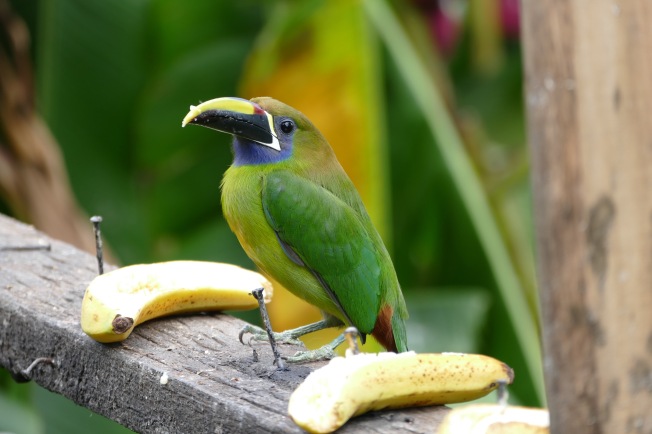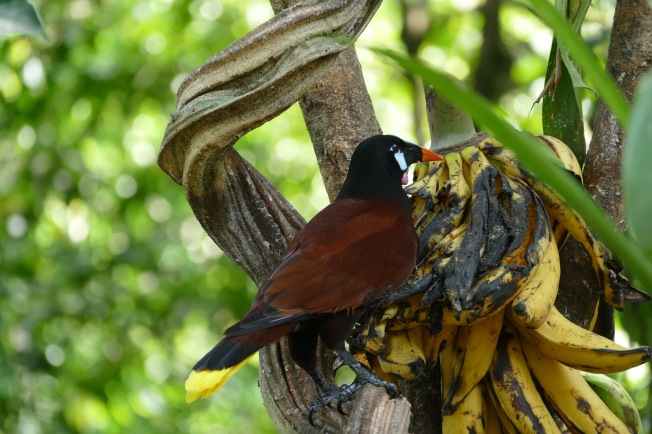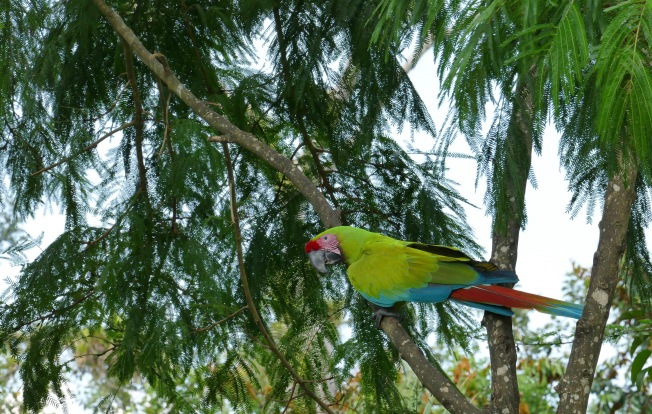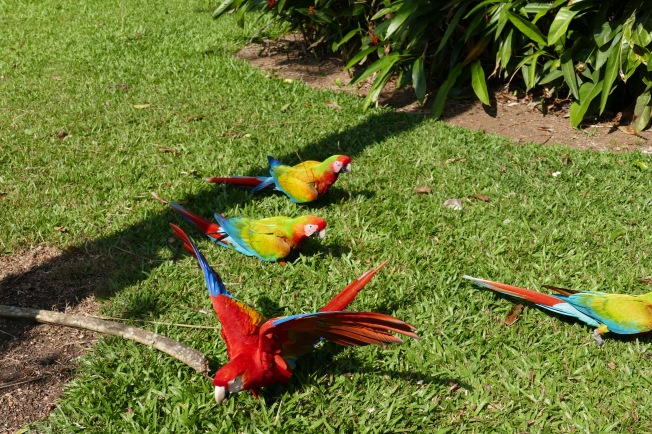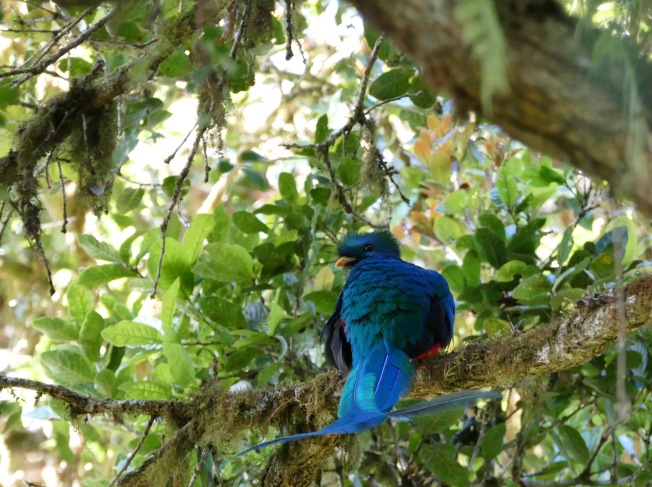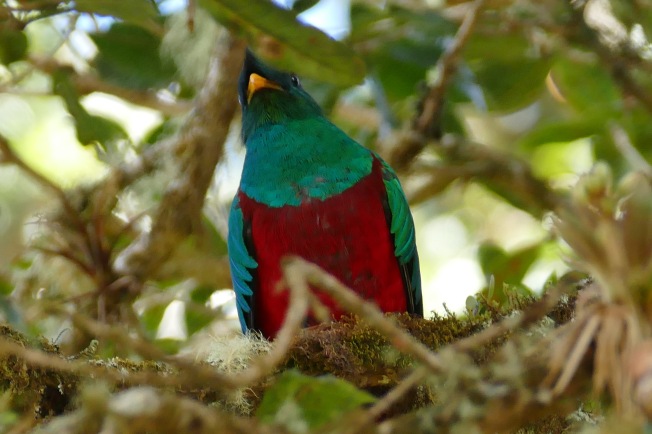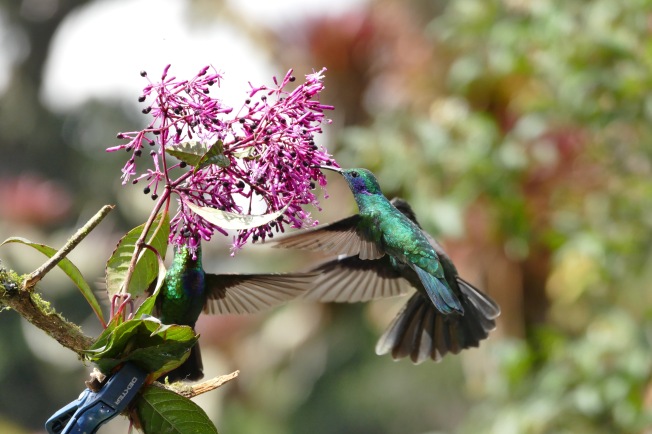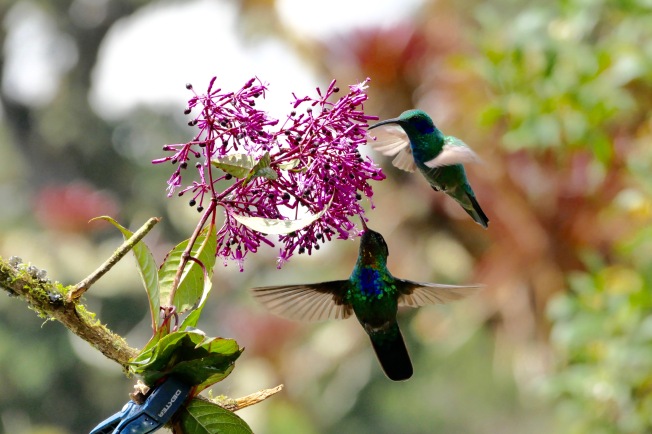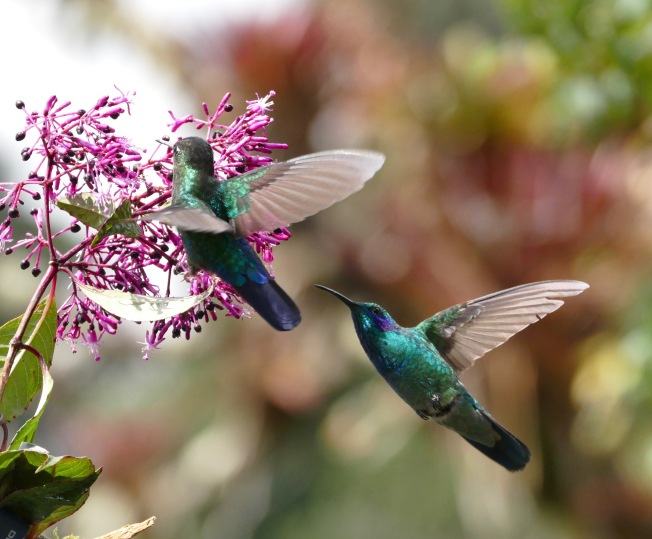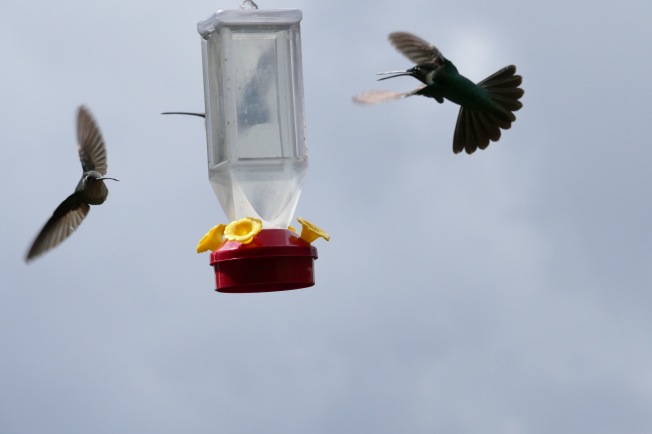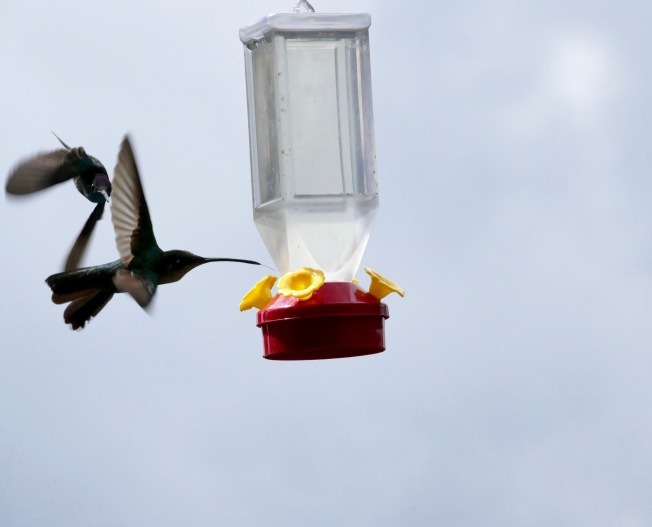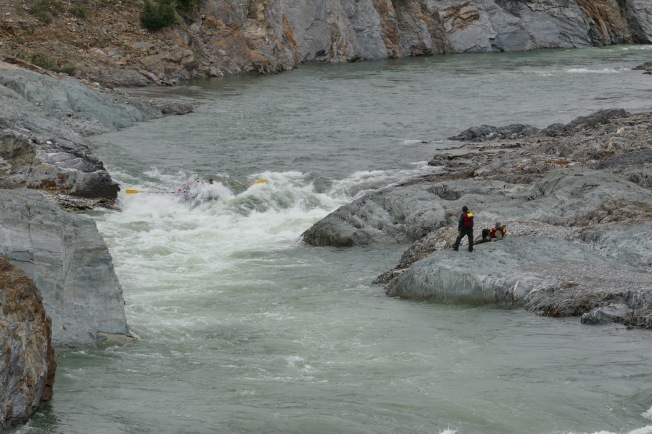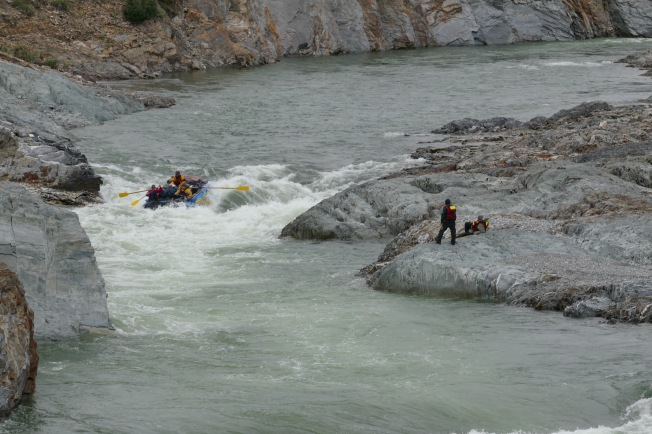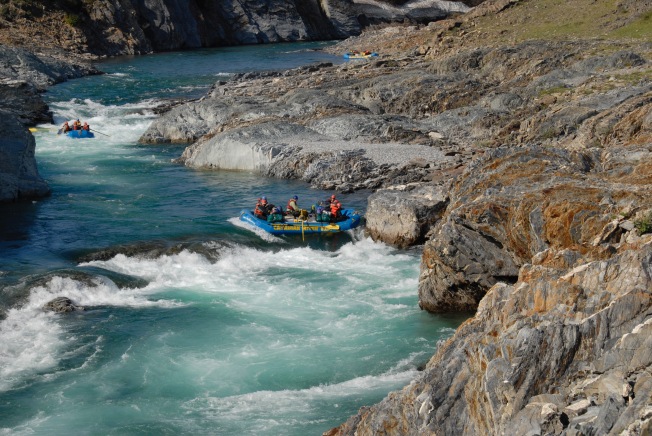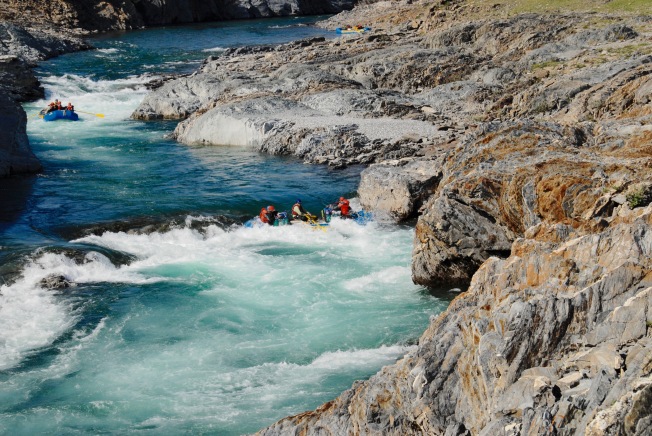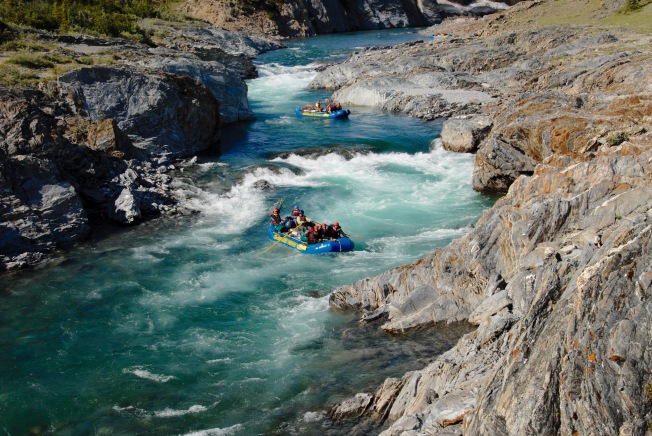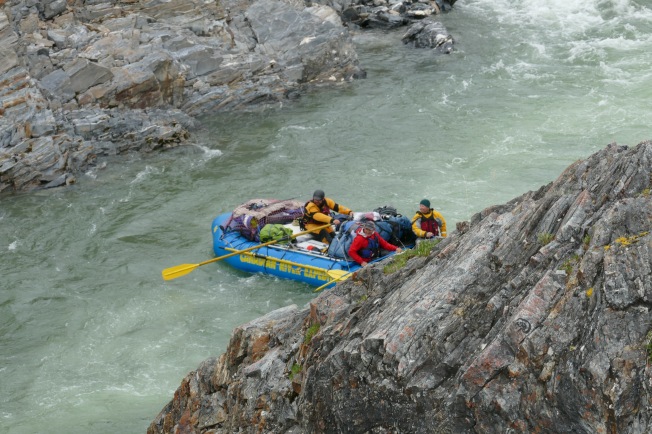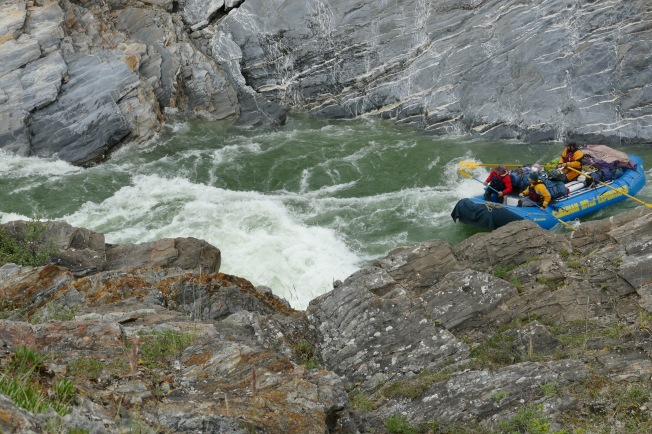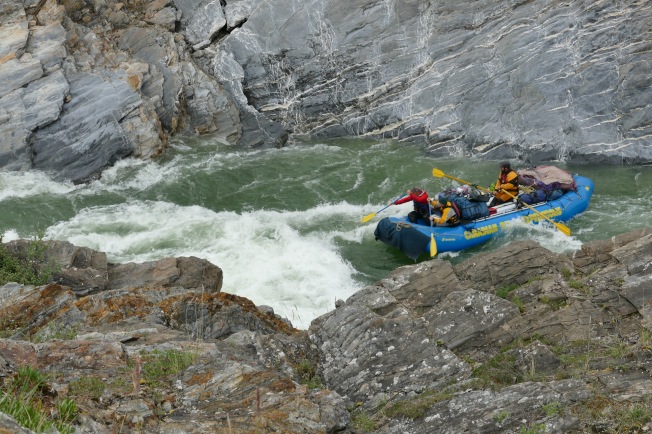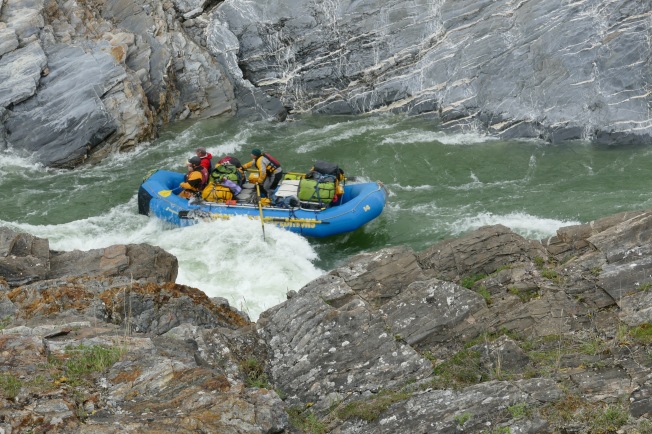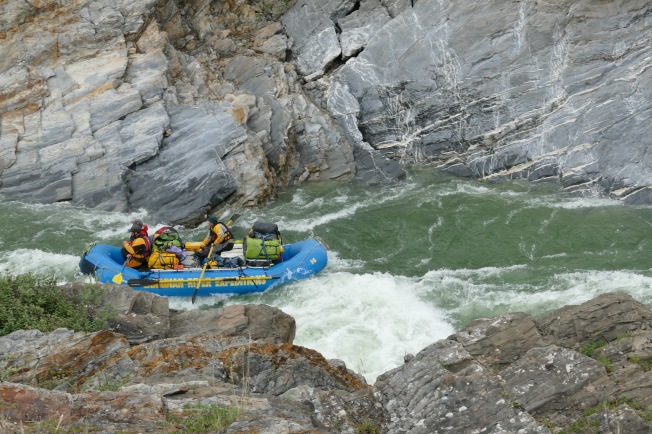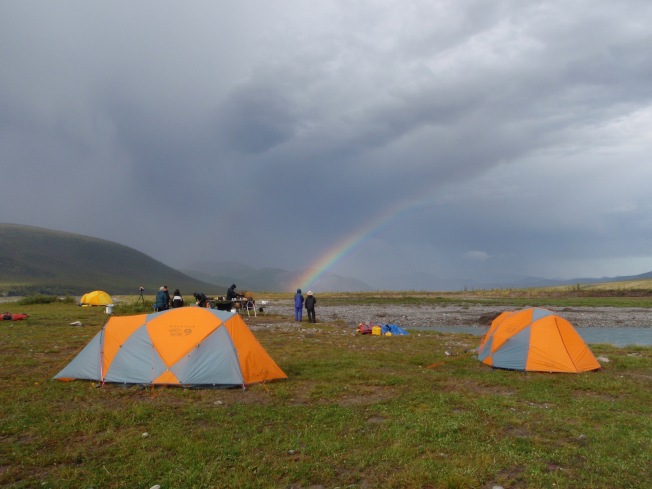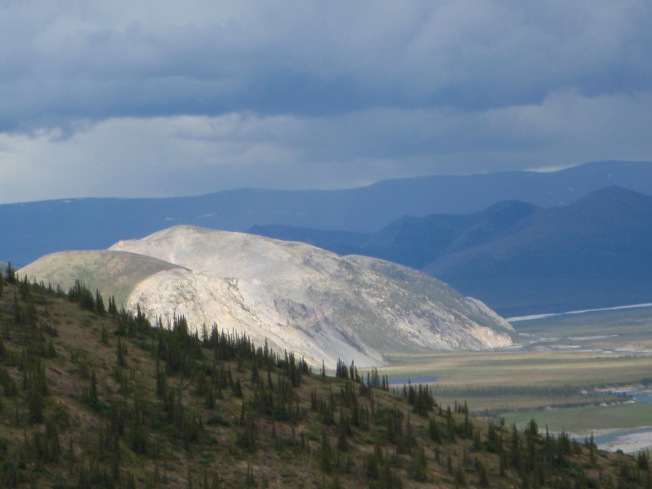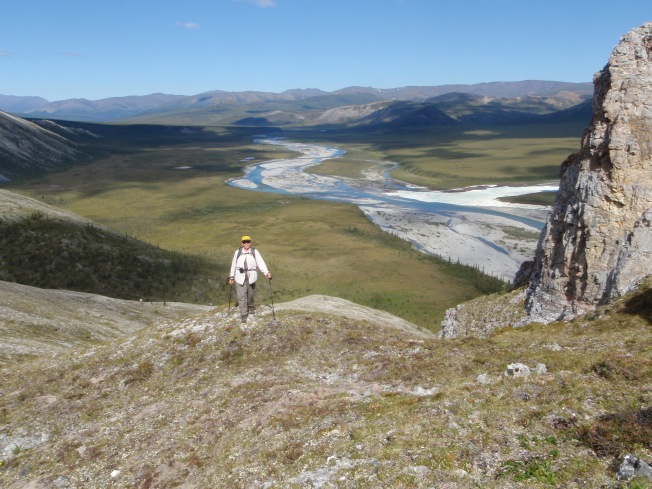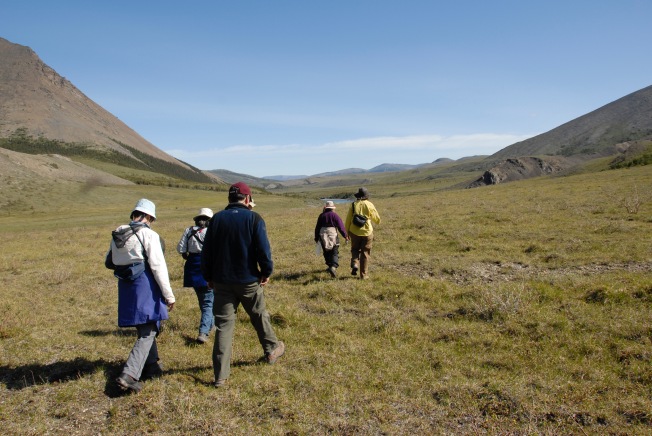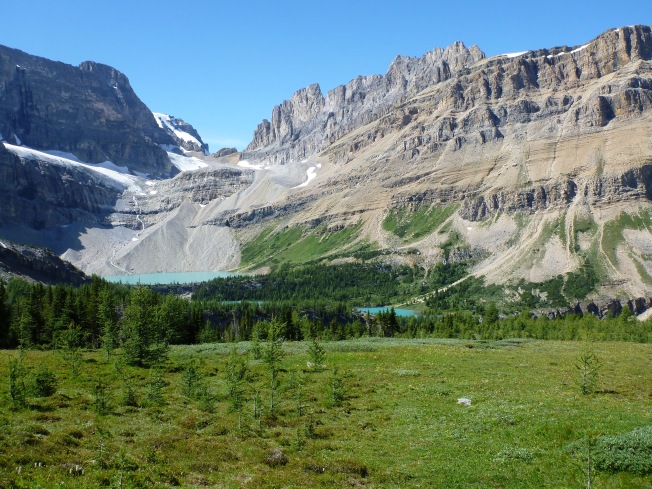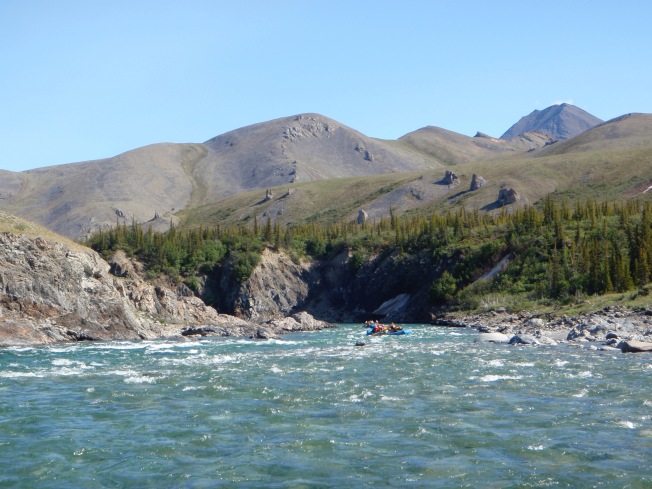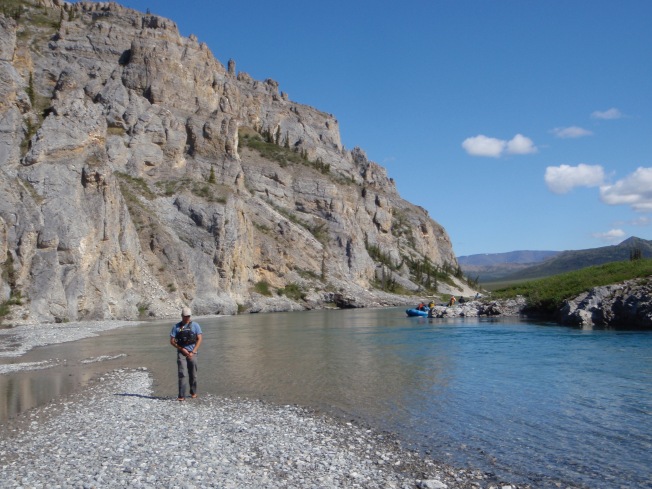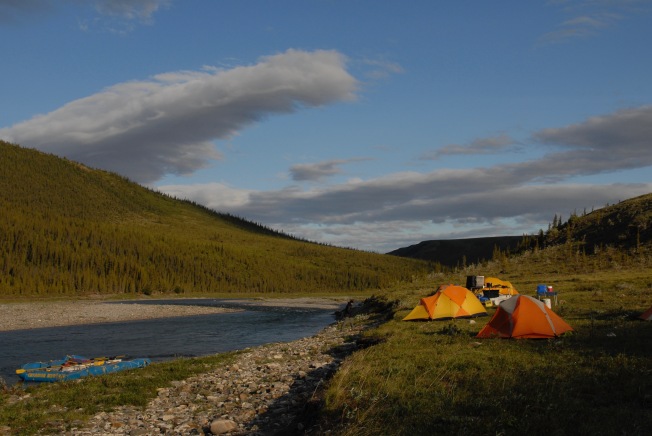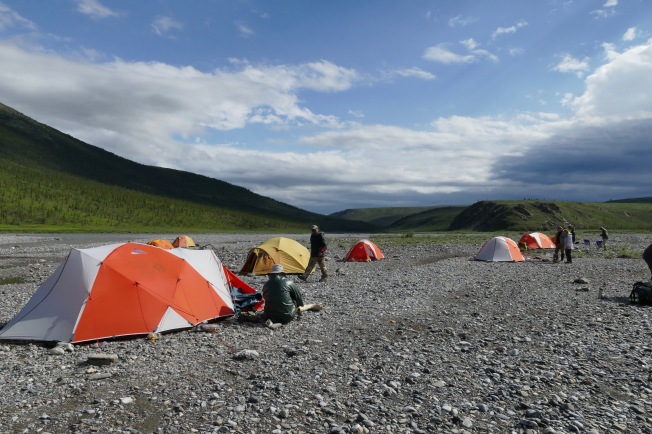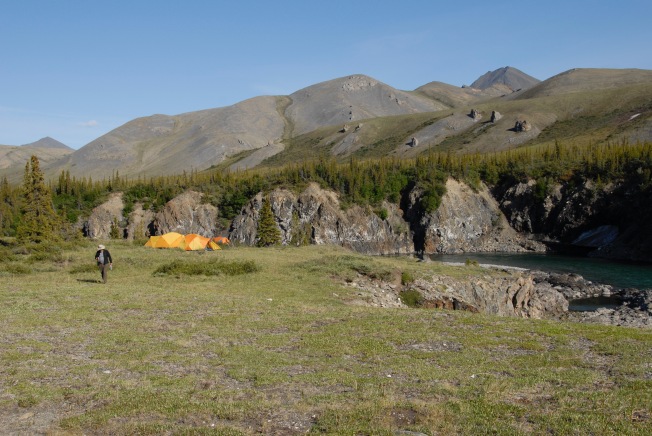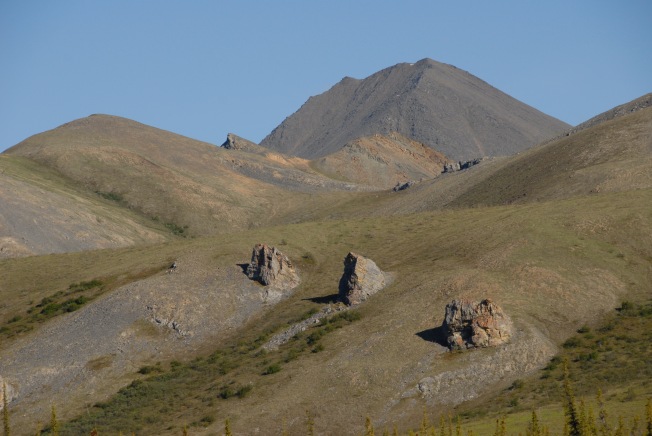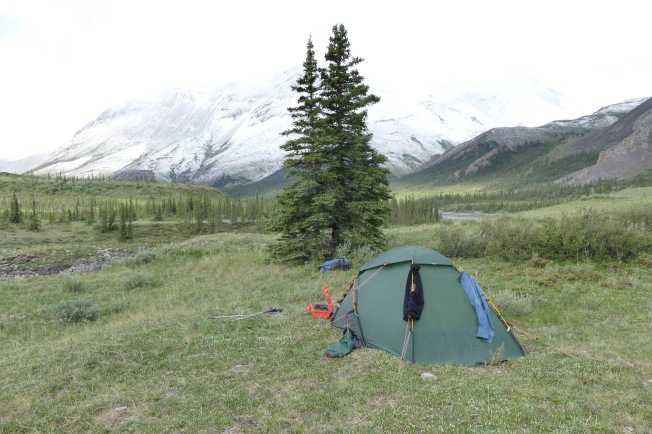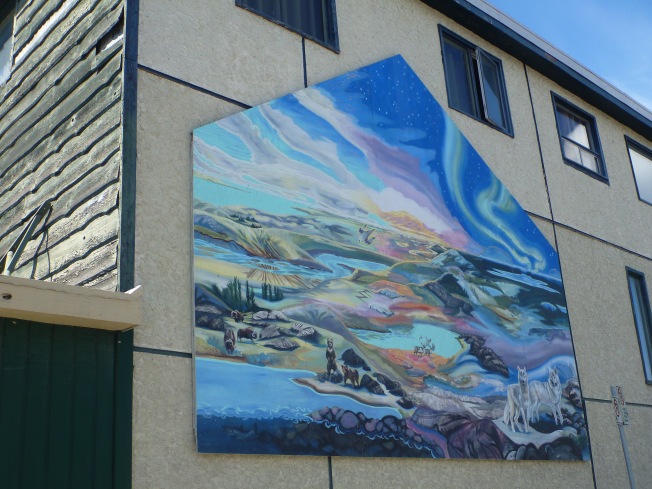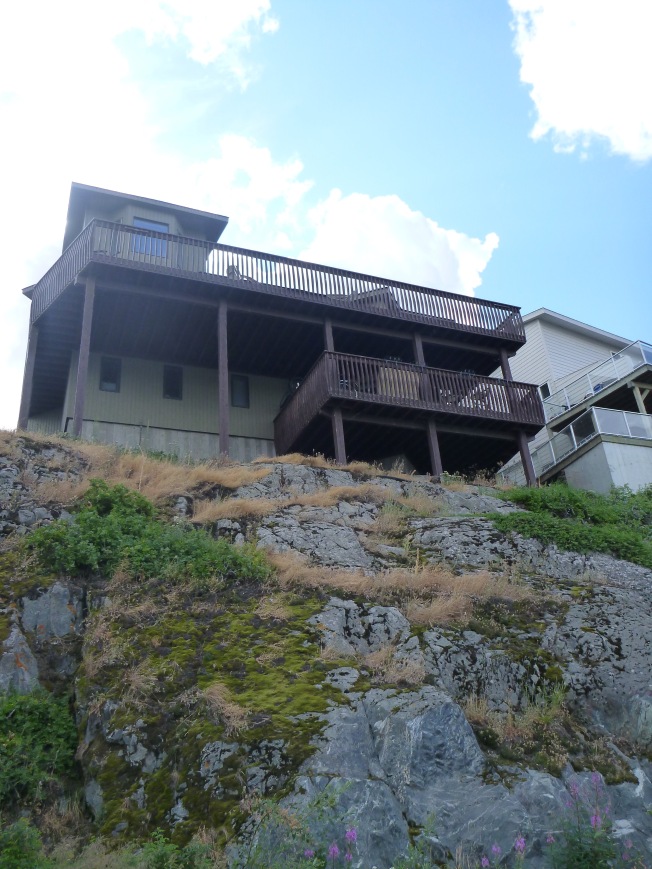
View from Mistaya Lodge
I love to write. My books are mystery novels set in the Canadian wilderness, and I self publish with First Choice Books in Victoria, B.C. They do all the design work and printing, but for the covers they need photos, which I provide from my trips. One would think that with thousands of photos to choose from (I’m an enthusiastic amateur), that shouldn’t be a problem, but unfortunately, I usually shoot horizontal format, and book covers require a vertical orientation, at least for the front. Sometimes Felicity, my designer, can crop a horizontal photo, as was done for the book above. But it’s better to provide her with verticals to choose from.
I just submitted the text for my next book, Nahanni, along with several photos. The story involves a rafting trip on the Nahanni River in the Northwest Territories, so somewhere on the front or back, I want to show Virginia Falls (the iconic feature of the Nahanni), the river, and a raft. What I like, what I want, and what can be actually be used can differ. The photos below illustrate some of the problems.
My favourite photo of the falls, but it fails a crucial test: there’s no place for the book’s title.

Virginia Falls from the air.
So I found some photos taken from below the falls. This one has all three elements plus space for a title, but the raft isn’t very exciting.

Virginia Falls
This is a better photo, but there’s no raft and very little river.

Virginia Falls
Here the raft is great, there’s lots of river, but the falls are minimized.

Departing from Virginia Falls
The next one is probably not suitable for the front, but my tale is dark, and it might find space on the back.

Chaos at the crest of Virginia falls
Here’s another of my favourites. The scenery’s beautiful and majestic, and there’s room for the title, but is it dramatic enough?

The Gate
No falls, but river, raft and dramatic canyon.

Dwarfed
Another possibility for the back. Not dramatic enough for the front.

Home for the night
As always, I’m eager to see what Felicity proposes; she usually works with two or three. And I think I’ll spend a month this summer taking vertical photos for the book I’m currently writing in order to have more to choose from.
My books are available on Kindle. The cost of postage makes shipment of hard copies impractical, but they are usually available at Café Books in Canmore, Alberta and Friends of Yoho in Field, B.C.








